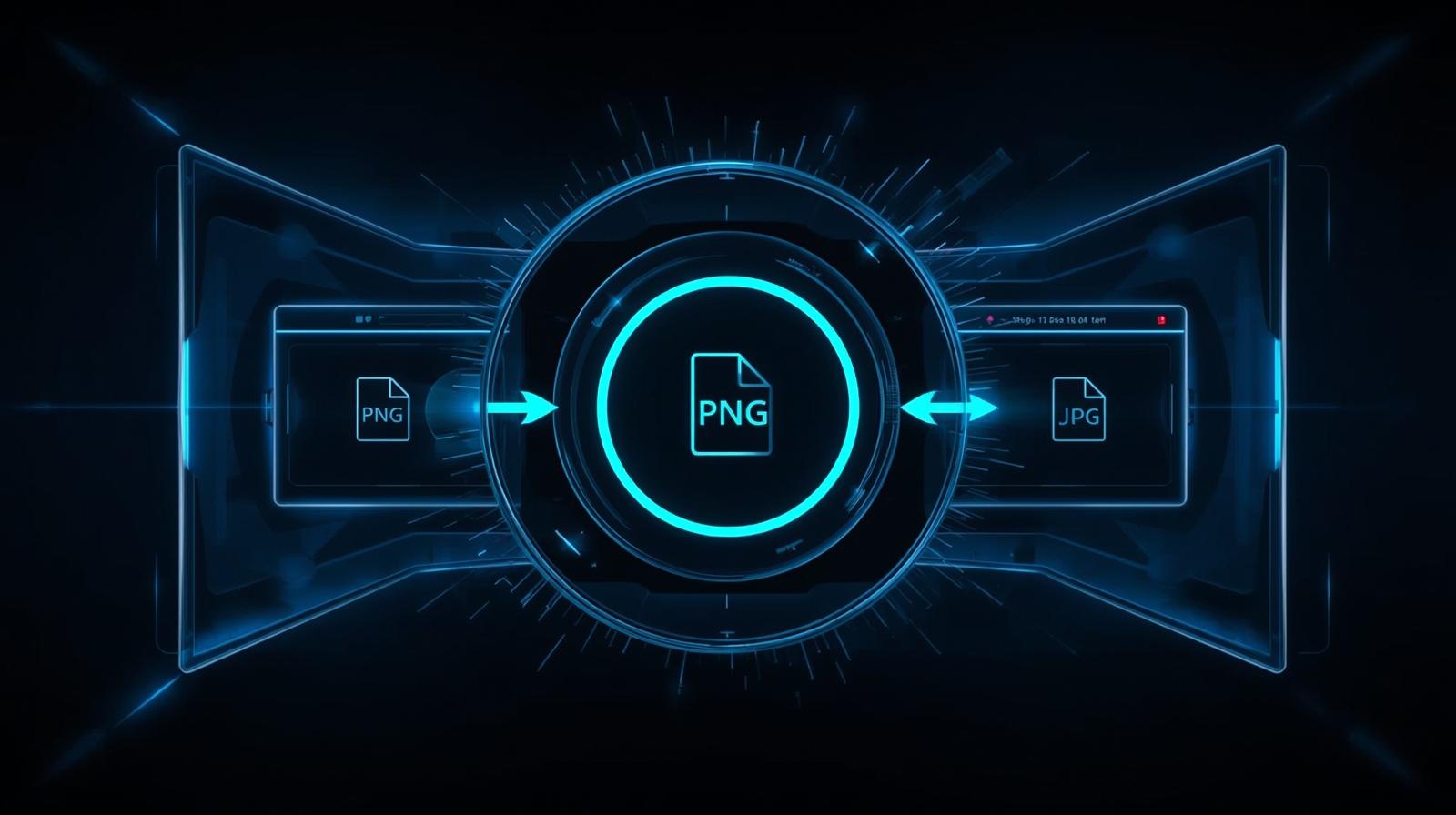PNG to JPG Converter for Web Images: A Complete Guide
Why Convert PNG to JPG for Web Images?
When optimizing images for the web, file format plays a crucial role in performance. PNG (Portable Network Graphics) files are known for their lossless compression, making them ideal for graphics with transparency. However, JPG (or JPEG) files use lossy compression, significantly reducing file size while maintaining decent quality. Converting PNG to JPG can help speed up website loading times, improve SEO rankings, and save bandwidth.
Search engines favor fast-loading websites, and large PNG files can slow down page speed. By converting PNG images to JPG, you reduce file sizes without drastically compromising visual quality. This is especially useful for photographs and complex images where transparency isn’t required.
Best Tools for Converting PNG to JPG
Several online and offline tools can efficiently convert PNG files to JPG. Popular options include:
Online Converters: Websites like TinyPNG, Convertio, and Online-Convert allow quick conversions without software installation.
Desktop Software: Programs like Adobe Photoshop, GIMP, and IrfanView provide advanced conversion options.
Command-Line Tools: For developers, tools like ImageMagick offer batch conversion capabilities.
Choose a tool based on your needs—online converters for quick tasks and desktop software for bulk conversions with customization.
How to Convert PNG to JPG Without Losing Quality
While JPG is a lossy format, you can minimize quality loss during conversion:
Use High-Quality Settings: Most converters allow adjusting compression levels. Opt for 80-90% quality for a balance between size and clarity.
Avoid Multiple Re-compressions: Repeatedly saving a JPG degrades quality. Convert from the original PNG each time.
Crop Unnecessary Areas: Reduce file size by trimming excess space before conversion.
Resize Large Images: Scale down dimensions to further optimize for web use.
Following these steps ensures your JPG images remain sharp while being web-friendly.
Benefits of Using JPG Over PNG for Web
JPG is the preferred format for web images due to several advantages:
Smaller File Sizes: JPG compression reduces load times, enhancing user experience.
Better for Photographs: JPG handles gradients and color variations more efficiently than PNG.
Wider Compatibility: All browsers and devices support JPG without issues.
However, avoid JPG for images requiring transparency or text-heavy graphics, as compression artifacts may reduce readability.
SEO Advantages of Optimized JPG Images
Optimizing images by converting PNG to JPG improves SEO in multiple ways:
Faster Page Load Speed: Google prioritizes fast-loading websites in search rankings.
Reduced Bounce Rates: Users are less likely to leave a site that loads quickly.
Improved Core Web Vitals: Metrics like Largest Contentful Paint (LCP) benefit from optimized images.
Always use descriptive file names and alt text for JPG images to further boost SEO.
Batch Conversion for Large Image Collections
Manually converting multiple PNG files to JPG can be time-consuming. Batch conversion tools streamline this process:
Adobe Photoshop Actions: Record a conversion action and apply it to multiple files.
Online Batch Converters: Tools like CloudConvert support bulk uploads.
Automated Scripts: Use Python libraries like Pillow for custom batch processing.
Batch conversion is ideal for e-commerce sites and blogs with extensive image libraries.
Common Mistakes When Converting PNG to JPG
Avoid these errors to ensure optimal results:
Over-Compression: Excessively low quality settings lead to pixelation.
Ignoring Transparency: JPG doesn’t support transparency; convert to white or another background first.
Skipping Backup: Always keep original PNG files in case re-editing is needed.
By avoiding these pitfalls, you maintain image integrity while benefiting from JPG’s efficiency.
Conclusion
Converting PNG to JPG for web images enhances performance, SEO, and user experience. Choose the right tools, optimize compression settings, and leverage batch processing for large collections. By understanding the strengths of JPG over PNG, you can make informed decisions for your website’s visual content. Prioritize speed and quality to ensure your images contribute positively to your site’s success.
This guide provides actionable insights for efficiently converting PNG to JPG while maintaining web-friendly standards. Implement these strategies to optimize your images effectively.



